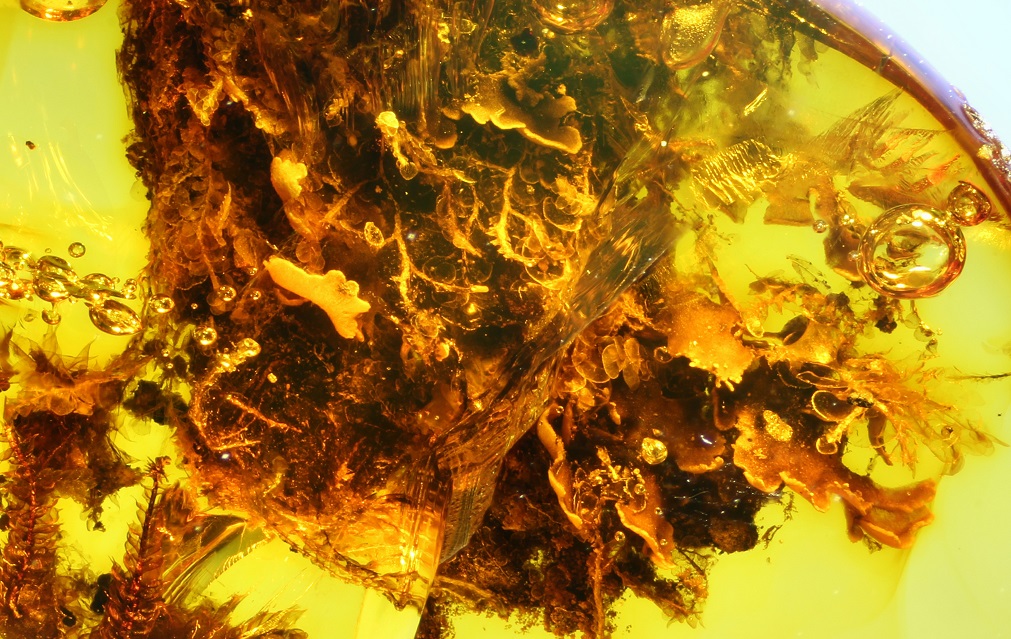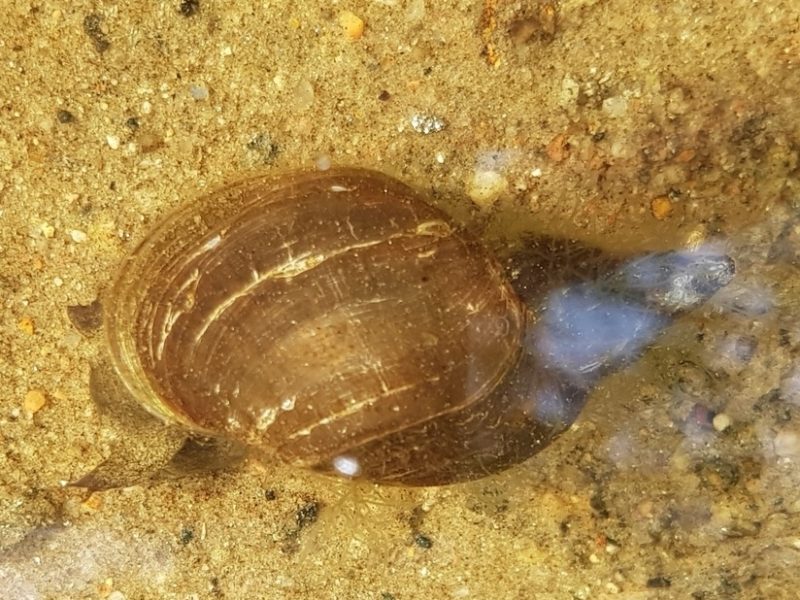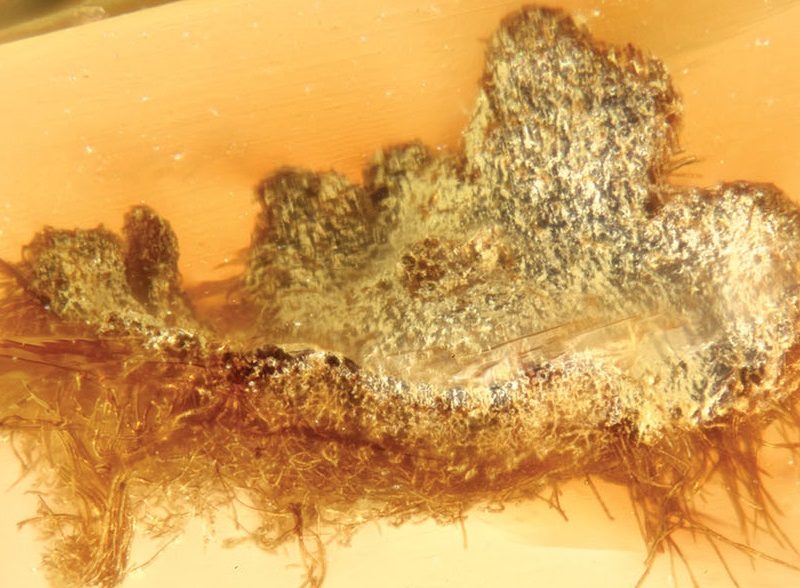Epiphytes are, for example, vascular plants, bryophytes, or lichens, growing on other plants, like on tree trunks and branches. The diverse epiphytic communities sustain insects and other animals, capture moisture, fix nitrogen, and contribute significantly to the primary production in many ecosystems. An epiphytic community composed of a lichen, a moss, and three species of leafy liverworts was discovered from a piece of Miocene Dominican amber. Even though all the species are extinct, four belong to genera with extant members, and the 15–20 million years old community closely resembles the epiphytic communities living in the Caribbean tropical humid, lowland to submontane forests today.
Kaasalainen U, Heinrichs J, Renner MAM, Hedenäs L, Schäfer-Verwimp A, Lee GE, Ignatov MS, Rikkinen J, Schmidt AR. 2017. A Caribbean epiphyte community preserved in Miocene Dominican amber. Earth and Environmental Science Transactions of The Royal Society of Edinburgh 107: 321–331, doi.org/10.1017/S175569101700010X.
Keywords: Corticolous communities, fossils, lichens, liverworts, mosses, Phyllopsora magna, Aptychellites fossilis, Cheilolejeunea antiqua, Lejeunea miocenica, Radula intecta



